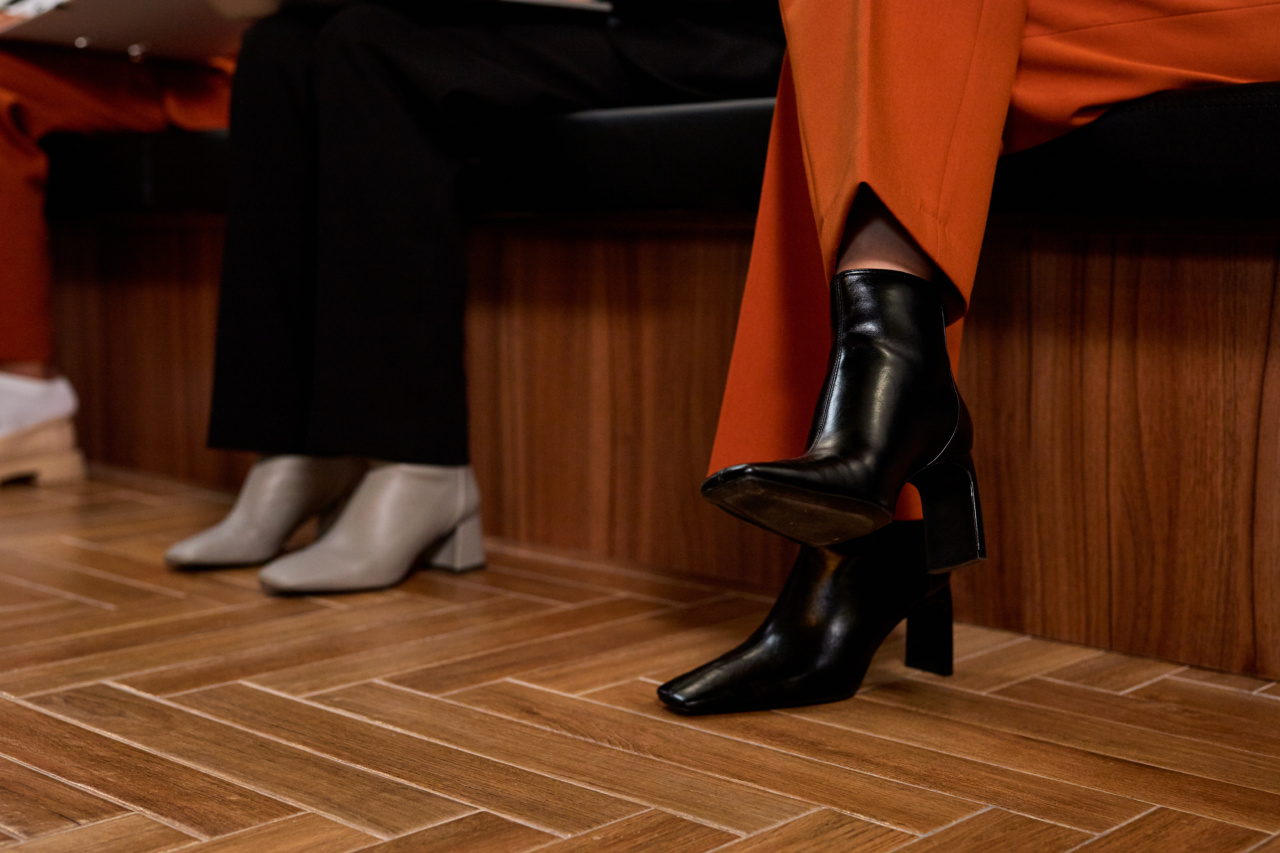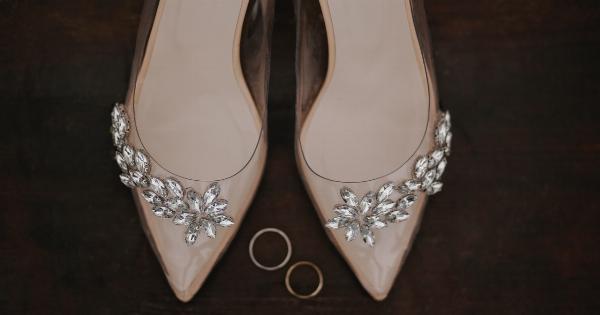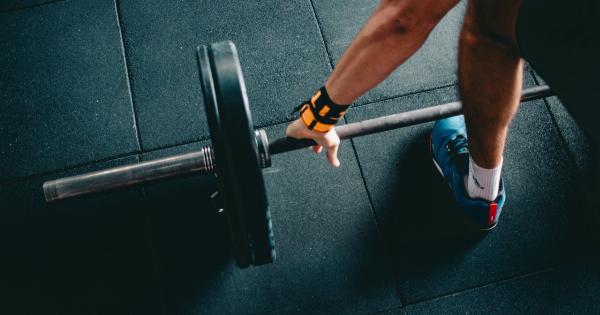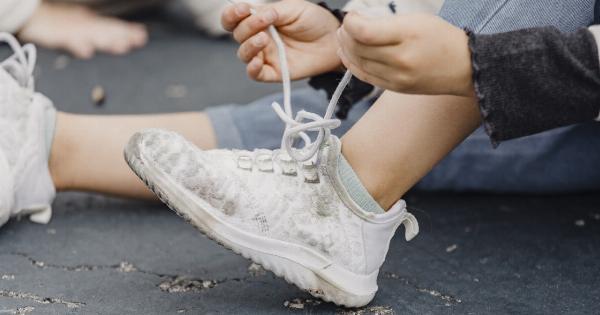High heels have been a staple in women’s fashion for centuries. They add height, elegance, and style to any outfit, making women feel more confident and attractive. However, wearing high heels is not without its drawbacks.
In this article, we will explore the pros and cons of wearing high heels, helping you make an informed decision about whether or not to wear them.
Pros of Wearing High Heels
1. Enhanced Appearance
One of the biggest advantages of wearing high heels is the visual impact they create. High heels elongate the legs, lift the buttocks, and improve overall posture, giving the body a more appealing and confident look.
They can enhance and complement any outfit, from casual to formal, making you stand out in a crowd.
2. Increased Height
For many women, the added height that high heels provide is a major attraction. Being taller can make you feel more powerful, dominant, and authoritative in certain situations.
It also offers the opportunity to reach items on higher shelves or have better visibility in crowded areas.
3. Improved Leg Shape
High heels help to shape the legs by emphasizing the calves and giving them a toned appearance. Wearing heels can also provide a slimming effect on the ankles, making them appear more defined and elegant.
4. Boost of Confidence
Many women feel an instant boost of confidence when slipping into a pair of high heels. The click-clacking sound as you walk, the improved posture, and the attention received from others can all contribute to a greater sense of self-assuredness.
High heels can make you feel more glamorous, powerful, and in control.
5. Fashion Statement
High heels are undoubtedly a fashion statement. They come in various styles, designs, and colors, allowing you to express your personal style and creativity.
The right pair of high heels can complement and elevate any outfit, turning heads and making you look effortlessly stylish.
Cons of Wearing High Heels
1. Foot and Leg Pain
One of the most common drawbacks of wearing high heels is the foot and leg pain they can cause. The unnatural positioning of the foot in heels can lead to muscle strain, joint pain, and even long-term foot problems such as bunions or hammer toes.
Extended periods of wearing high heels can lead to pain, discomfort, and fatigue.
2. Increased Risk of Injury
Wearing high heels alters the body’s natural balance and stability, significantly increasing the risk of slips, falls, and other accidents.
The elevated height and narrow base of high heels can cause instability, especially on uneven surfaces or when walking briskly. Ankles can be twisted, and even fractures may occur from a fall while wearing high heels.
3. Pressure on the Spine
High heels tilt the pelvis forward and change the natural curvature of the spine, putting increased pressure on the lower back. This can lead to lower back pain, muscle stiffness, and even spinal issues over time.
Prolonged wear of high heels can cause long-term damage to the spine and overall posture.
4. Restricted Movement
High heels limit the range of motion in the feet and ankles, affecting your overall mobility. Activities such as running, climbing stairs, or walking long distances can become challenging and uncomfortable in high heels.
Additionally, women who wear high heels frequently may experience shortened calf muscles and decreased flexibility in the feet.
5. Foot Deformities
The narrow toe box and high pressure exerted on the front of the foot in high heels can lead to foot deformities over time. Conditions such as bunions, hammertoes, and ingrown toenails are more likely to occur in women who frequently wear high heels.
These foot deformities can be painful and may require medical intervention to correct.
Tips for Wearing High Heels Safely
While high heels might not be the most practical choice for everyday wear, there are ways to minimize the negative effects and wear them more safely:.
1. Choose the Right Size
Ensure that your high heels fit properly and are the correct size for your feet. Ill-fitting heels can cause blisters, pain, and discomfort.
2. Opt for Lower Heel Heights
If you love the look of high heels but want to minimize the risks, choose heels with lower heights. Lower heels can still offer the benefits of height and style while being more comfortable and stable.
3. Take Breaks and Stretch
Avoid wearing high heels for extended periods. Take breaks, kick off your heels, and give your feet and legs a chance to rest and recover. Performing stretching exercises can also help alleviate muscle tension and stiffness.
4. Wear Cushioned Inserts
Consider using cushioned inserts or insoles designed specifically for high heels. They can provide added support, improve comfort, and reduce the strain on your feet.
5. Strengthen Foot and Leg Muscles
Regularly exercise and strengthen the muscles in your feet and legs to help minimize the strain caused by high heels. Strengthening exercises can improve balance and stability, reducing the risk of injuries.
Conclusion
High heels undoubtedly have their pros and cons. While they can enhance your appearance, boost confidence, and make a fashion statement, they also come with potential risks such as foot pain, injuries, and long-term foot problems.
It is essential to weigh these pros and cons and listen to your body when deciding whether or not to wear high heels. Ultimately, it is crucial to prioritize your comfort, health, and well-being.


























